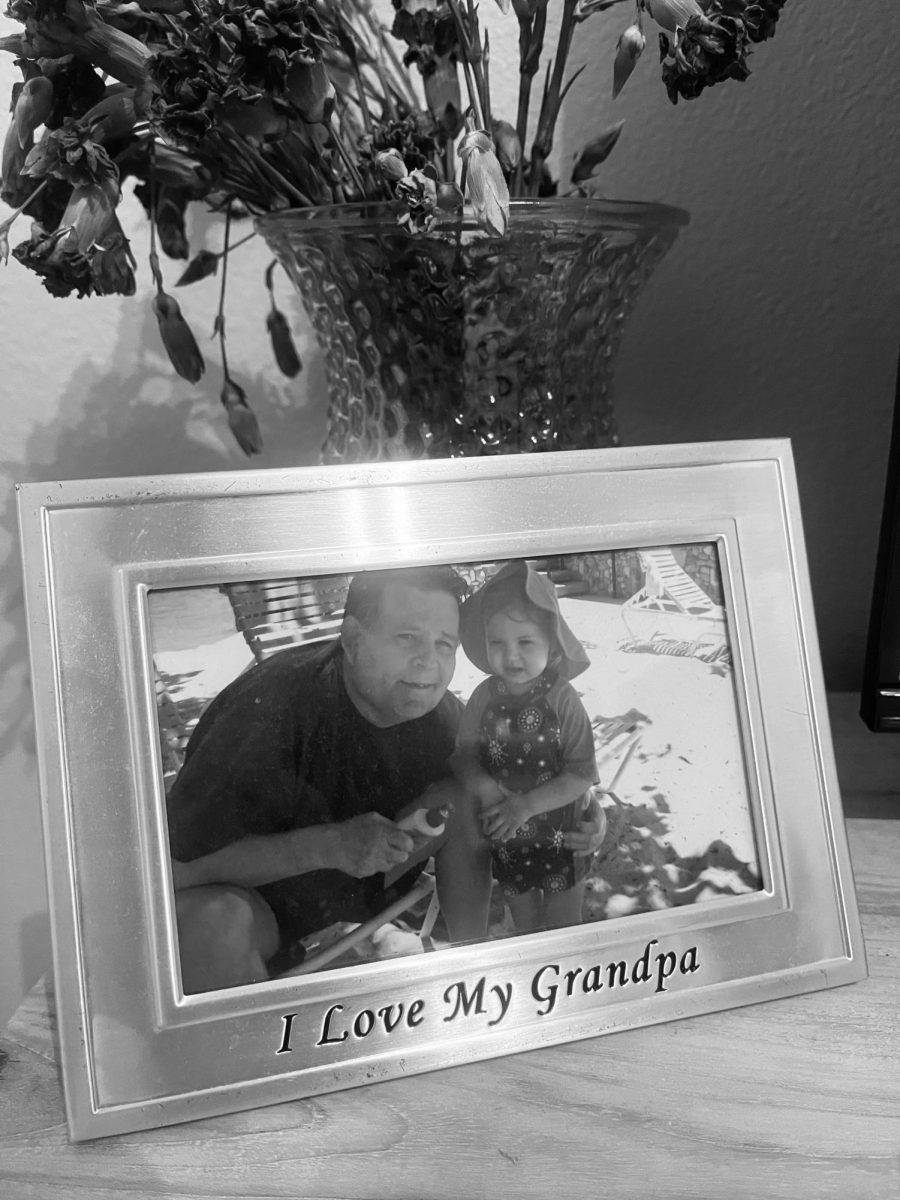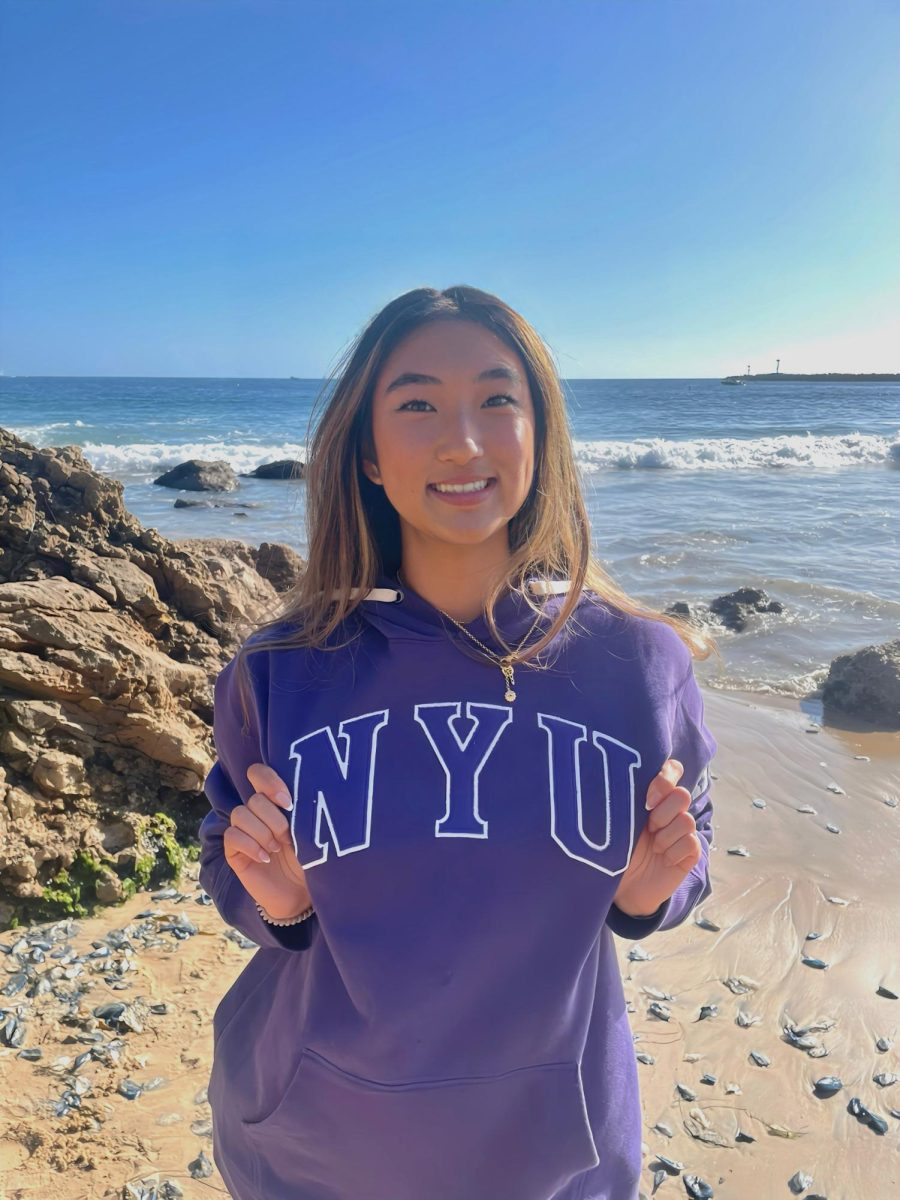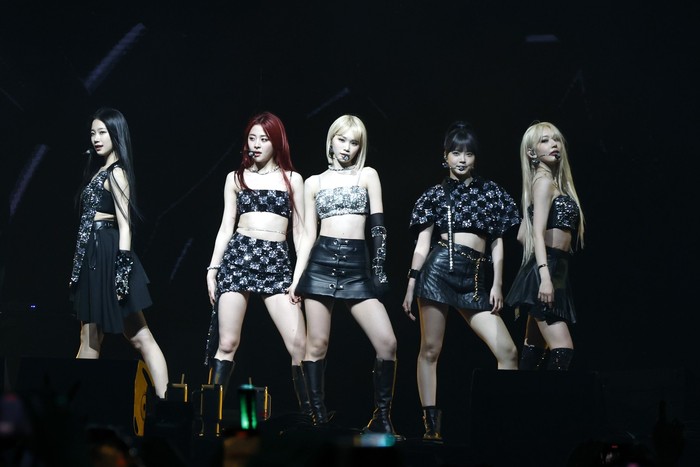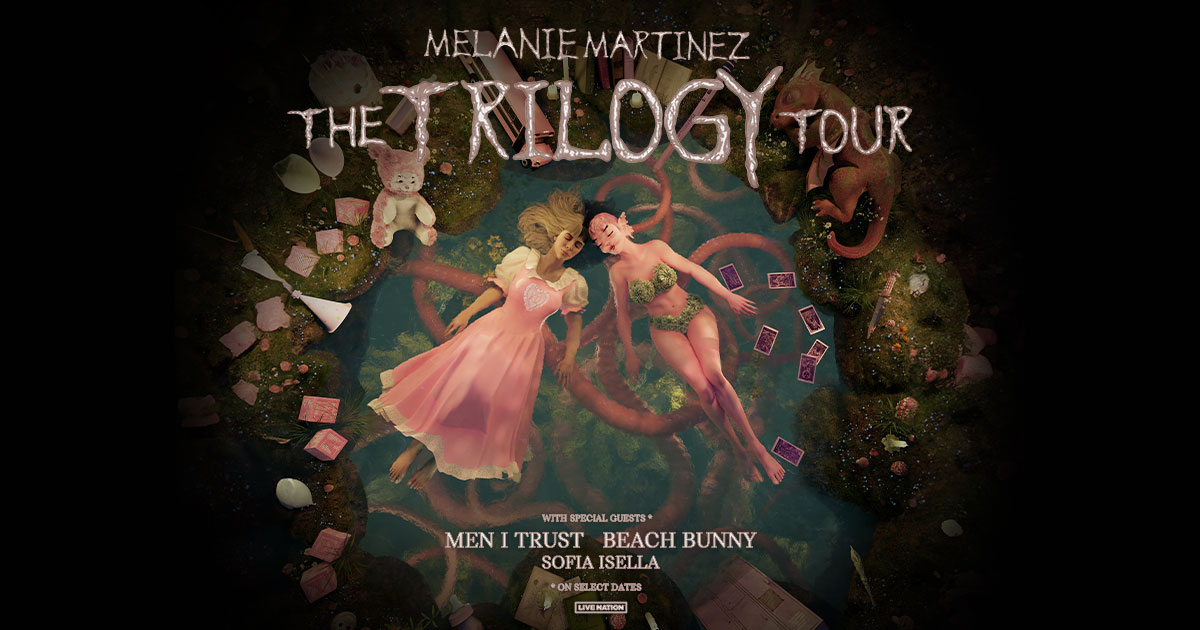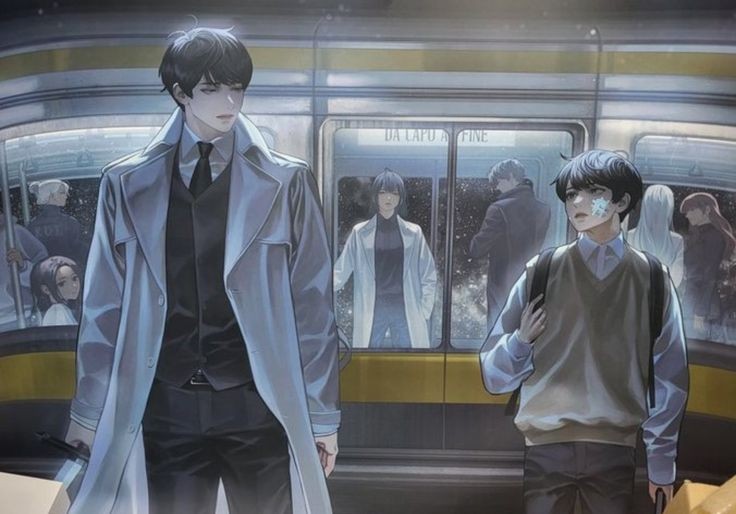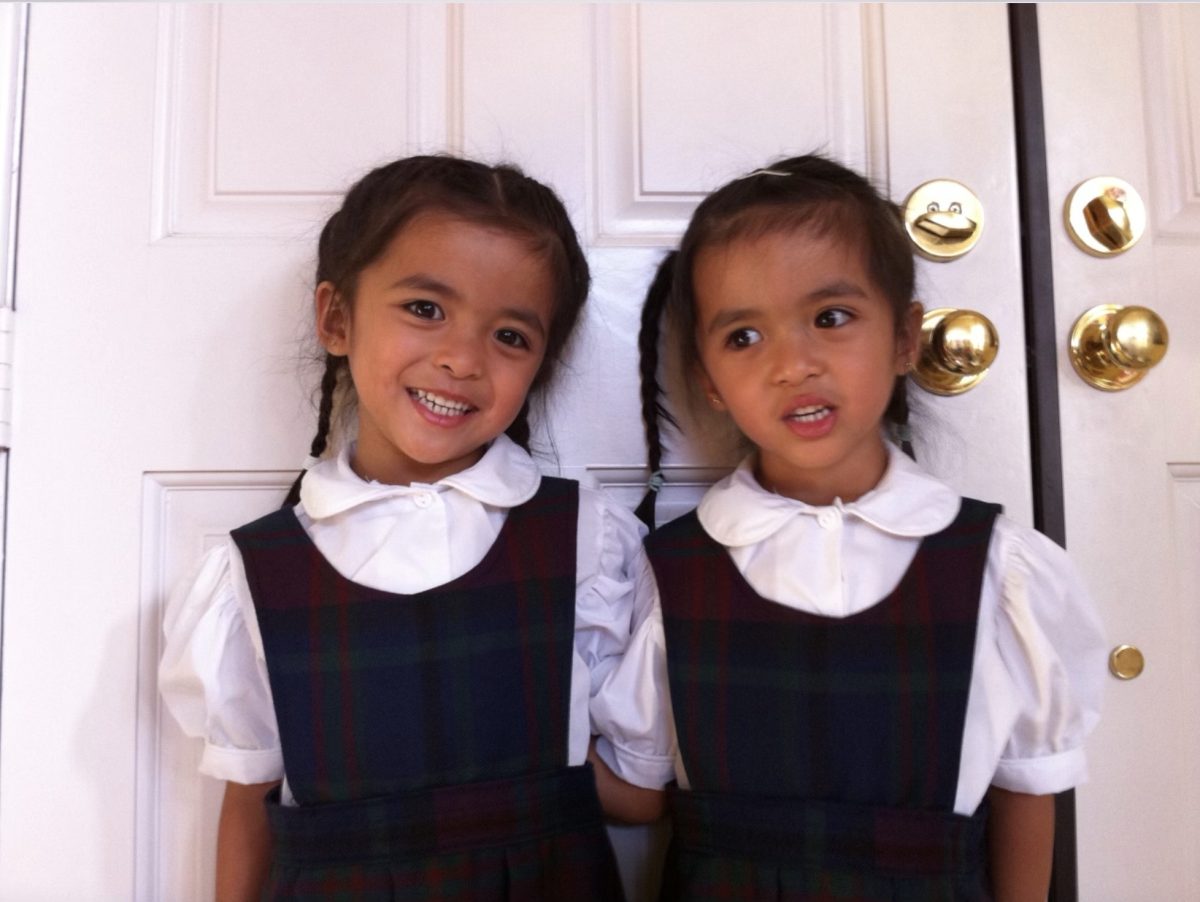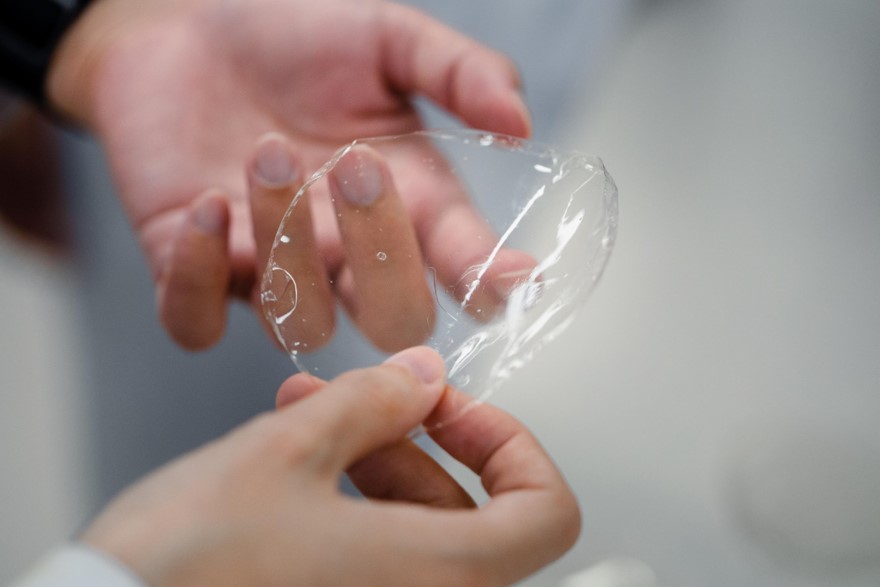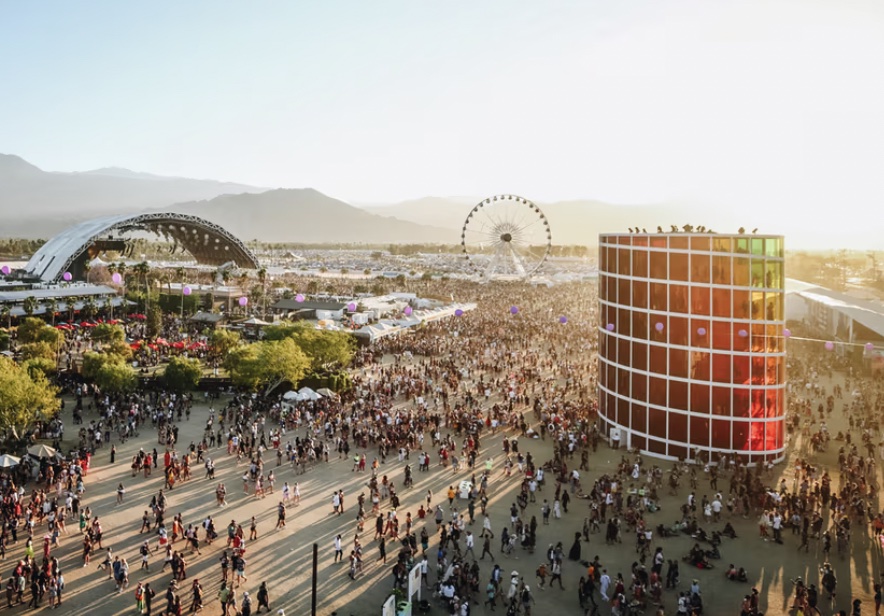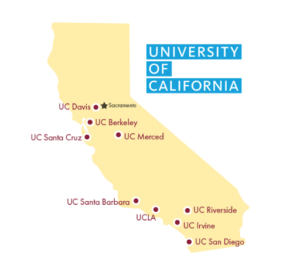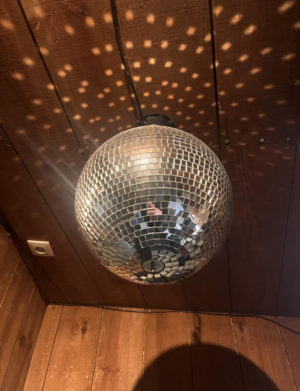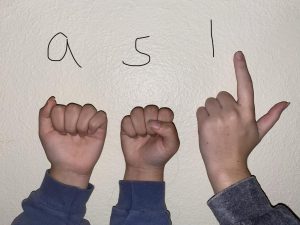Media intake is inevitable. It creeps its way into our lives daily, whether it’s through advertisements, news, books, or social media. However, the one branch in the industry that might be seen the most is film and television, the forefront of the entertainment industry and most acclaimed form of media. In these programs, you might observe a variety of characters, settings, or things of different backgrounds. But are these representations really accurate? And who gets to experience the relatability of a character and who doesn’t?
Representation cultivates an entrance through a means of mass communication – media. It is most widely seen in film and television, a universal utility of communication and entertainment. More often than not, the representations we see on the big screen are inaccurate and stereotypical. These misrepresentations can have a damaging effect on marginalized communities such as racial, ethnic, or religious minorities, as well as LGBTQ+ or disabled individuals, and women. Although it is a common misconception that diversity is abundant in the Hollywood industry, this could be a case of tokenism. Tokenism describes the casting of an individual from a marginalized community, where their sole purpose is to serve as a symbolic effort to fabricate an inclusive and diverse environment. Another misrepresentation is stereotyping and typecasting – two very similar ideas. Typecasting is the action where an actor is repeatedly cast in a specific role that relies on a stereotype that led to a successful casting in the past. Many underrepresented people find themselves chained to the same type of roles over and over again. These roles are often defined by the actor’s ethnicity and require accents. Stereotyping through media is also seen when assumptions are made of how a certain type of person needs to act. Their racial, ethnic, gender, or religious identity may play a factor in these assumptions. These kinds of conceptions can have a detrimental effect on specific communities, and portray them to the world in a negative light. “Seeing relatable characters on screen makes me feel more seen and normal.” — Tyler Leu (10)
In contrast, an accurate and positive representation of marginalized groups would benefit society as a whole. Having negative, damaging representations tear down minorities’ confidence, and affects the way they are seen. They are limited in what they can show to the public, as it would be seen as not belonging to their specific community. With strong representation, diversity would be seen as more of a norm. It would also present role models for individuals to look up to, and see a part of themselves on the big screens. Tyler Leu (10) affirms that seeing “relatable characters on screen makes [him] feel more seen and normal.” Diverse representation would introduce more roles for minority actors, because the scripts wouldn’t be entirely reliant on already widely represented actors. This would ultimately lead to richer stories and different perspectives.
Media representation is crucial to the evolution of a more diverse society. It can offer role models to marginalized communities, a more diverse world, and more opportunities for minorities. But, the opposite is extremely damaging. Inaccurate representations can lead to things like tokenism, stereotyping, typecasting, and affecting the way minorities are seen. Overall, it is clear how important media representation is.

